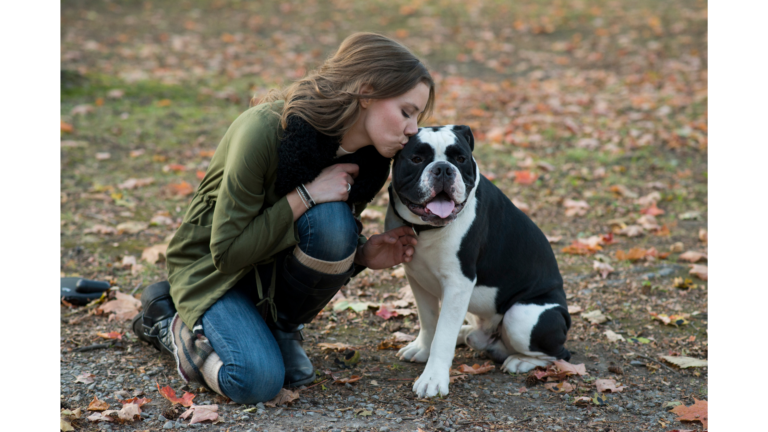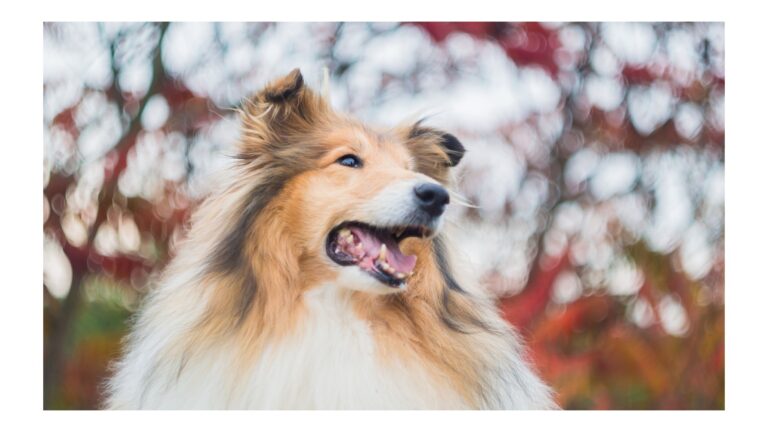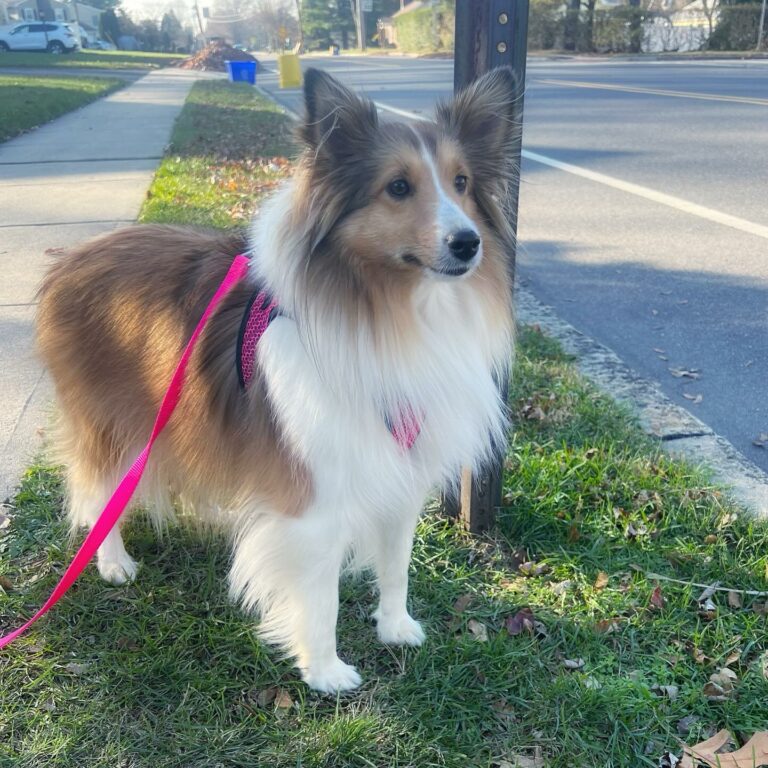The Wonderful and Quirky Shetland Sheepdog: A Guide to Their History, Appearance, and Temperament

Overview of the Wonderful and Quirky Shetland Sheepdog
The Shetland Sheepdog, also known as the Sheltie, is a delightful and charismatic breed that captures the hearts of many dog lovers. With their rich history, unique characteristics, and endearing personality, Shelties have become popular companions and working dogs. In this article, we will explore the origin and history of the Shetland Sheepdog, describe their physical characteristics and appearance, delve into their temperament and personality traits, discuss their training and exercise needs, highlight common health issues, share some fun facts, and provide recommended resources for further exploration.
Origin and History of the Shetland Sheepdog
The Shetland Sheepdog was originally bred as a herding dog on the Shetland Islands, located off the coast of Scotland. These islands presented a challenging environment for herding livestock, including sheep, cattle, and ponies, due to their rugged terrain and harsh weather conditions. Shelties were developed specifically for this purpose, and their agility, intelligence, and speed made them invaluable in their work. Today, they continue to showcase their herding abilities and participate actively in obedience and agility competitions.
The history of the Shetland Sheepdog can be traced back to the early 19th century. They are believed to be descendants of small herding dogs brought to the Shetland Islands by Vikings over a thousand years ago. These dogs were crossed with the local Icelandic sheepdogs, resulting in a breed that was well-suited for the demanding task of herding in the harsh island conditions. Over time, the Shetland Sheepdog developed its own distinct characteristics and became an integral part of the farming community on the islands.

Physical Characteristics and Appearance
The Shetland Sheepdog is a small to medium-sized breed with a well-proportioned body. They are agile, alert, and intelligent herding dogs. They have a beautiful double coat that requires regular grooming to keep it healthy and free from mats. With their gentle and intelligent expression, Shelties closely resemble Rough Collies, but in a miniature size. They have a smooth gait and an elegant appearance that captivates the eye.
Shelties have a long, dense, and weather-resistant double coat that comes in various colors, including sable, black, and blue merle. Their mane-like ruff and feathering on their legs and tail add to their regal appearance. The coat serves as protection against the harsh weather conditions on the Shetland Islands, keeping them warm and dry. However, it also requires regular brushing to prevent matting and the occasional bath to keep them looking their best.
Temperament and Personality Traits
Shetland Sheepdogs are known for their playful, affectionate, and devoted nature.They form strong bonds with their families and are especially loyal to their human companions. Shelties are highly intelligent and trainable, excelling in various activities and sports. While they may be reserved with strangers, they are not aggressive and usually warm up to new people with time. Their energy and enthusiasm make them eager learners, and they love to participate in new tricks and tasks.
One of the standout personality traits of the Shetland Sheepdog is their herding instinct. Despite being a smaller breed, they have a strong drive to herd and may try to gather and corral their family members or other pets in the household. This instinct can manifest in playful nips or attempts to guide their loved ones in a particular direction. While it can be endearing, it’s important to redirect this behavior in a positive and appropriate way to prevent any potential issues. Overall, Shelties are known for their alertness, intelligence, and willingness to please, making them a joy to train and be around.

Training and Exercise Needs
Like many intelligent breeds, Shetland Sheepdogs respond well to positive reinforcement training techniques. Early socialization, obedience training, and agility training are highly beneficial for their development. Due to their high energy levels, Shelties require both mental and physical stimulation. Regular exercise, such as daily walks and playtime, is necessary to keep them happy and healthy. Engaging in activities like agility and obedience training can also provide them with the mental challenges they crave.
It’s important to note that the Shetland Sheepdog thrives on mental stimulation as much as physical exercise. They love having a job to do, so providing them with puzzle toys, interactive games, or even participating in dog sports can help keep their minds sharp and prevent boredom. This breed is known for their quick learning abilities and eagerness to please, so training sessions can be a fun and rewarding experience for both the dog and the owner.
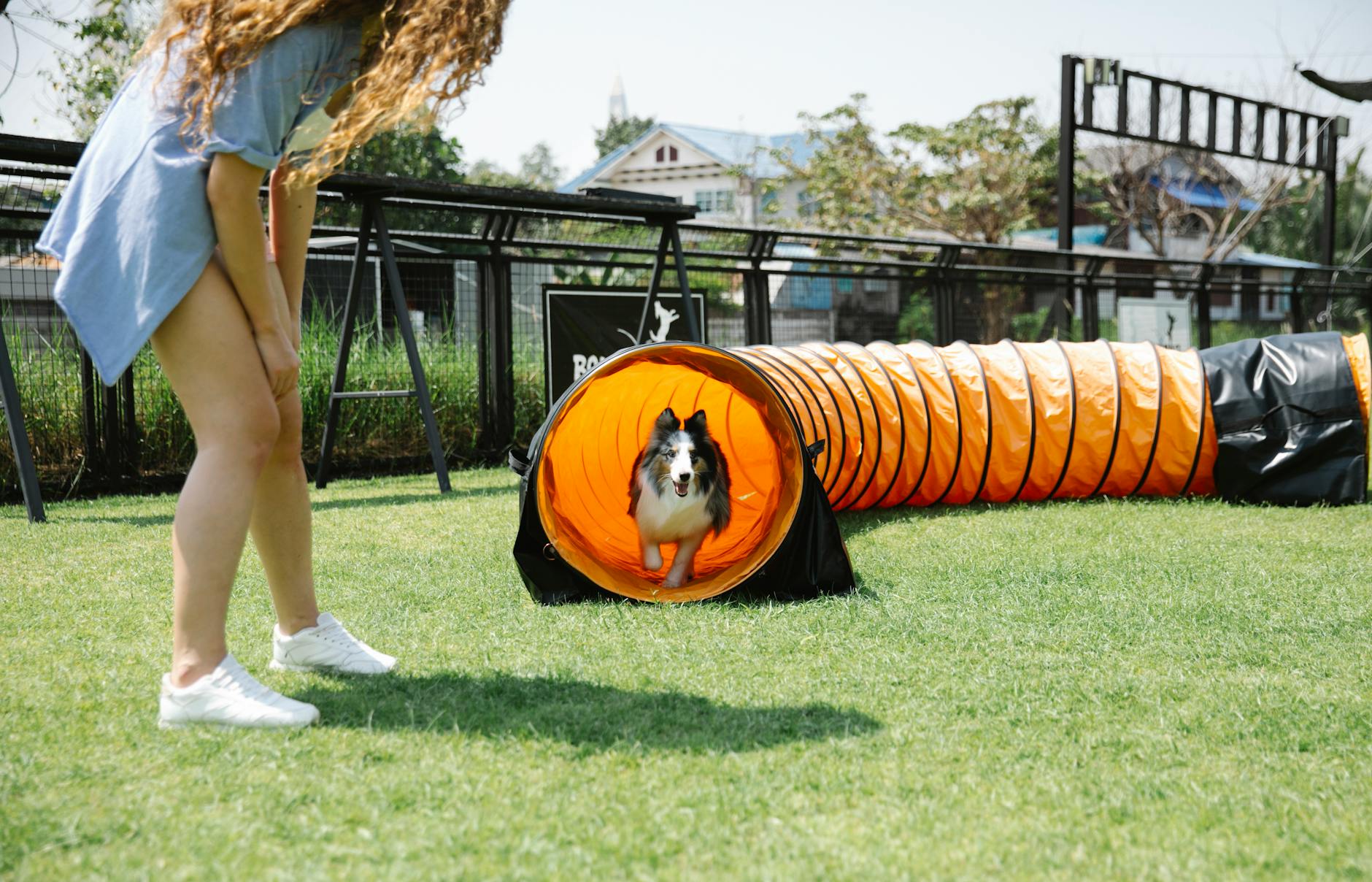
Common Health Issues
While generally a healthy breed, Shetland Sheepdogs may be prone to certain health issues. Two common conditions to be aware of are hip dysplasia and eye problems. Hip dysplasia is a genetic condition where the hip joint does not develop properly, leading to pain and mobility issues. Regular veterinary check-ups are important to monitor their overall health and detect any potential issues early on. Providing them with a balanced diet, regular exercise, and proper care can help prevent and manage these health concerns. It is also crucial to monitor their weight to avoid obesity, as this can contribute to various health problems [Facts].
Another health condition that Shelties are prone to is Collie Eye Anomaly (CEA), which is a genetic eye disorder that affects the retina. This condition can lead to vision impairment or blindness and is typically detected through a specialized eye examination. While not all Shetland Sheepdogs will develop CEA, it is important for responsible breeders to test their breeding stock to reduce the risk of passing on the gene. Regular eye check-ups with a veterinarian who is familiar with the breed can help ensure that any potential eye issues are caught early and managed appropriately.
Fun Facts about the Shetland Sheepdog
- Shetland Sheepdogs are often referred to as “Shelties” for short.
- They are excellent watchdogs and will alert their owners to any potential danger.
- Shelties have a strong herding instinct and may try to herd their family members or other pets.
- They are known for their “smile,” which is a unique expression that showcases their friendly and happy disposition.
- Shelties have been featured in popular culture, including movies and television shows, such as the famous Collie character “Lassie.”
Other Names for the Shetland Sheepdog
In addition to being called the Shetland Sheepdog or Sheltie, this breed is sometimes referred to as the Shetland Collie. Despite the name, they are not actually a type of Collie but share a resemblance to the Rough Collie in a smaller size.
Intelligence and Trainability
Shetland Sheepdogs are highly intelligent and trainable. They have a natural desire to please their owners and excel in various activities and sports, including obedience, agility, and herding trials. With consistent positive reinforcement training methods, Shelties can quickly learn new commands and tricks. They thrive on mental stimulation and enjoy having a job to do, making them an excellent choice for owners who are interested in participating in dog sports or advanced training activities.
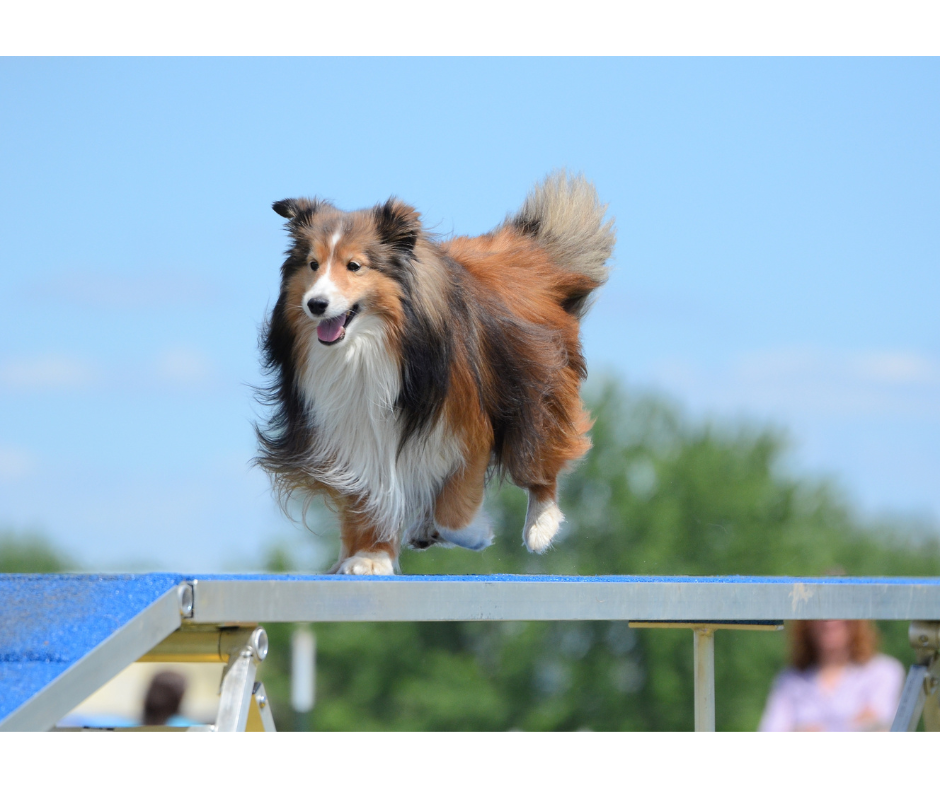
Unique Characteristics of Shetland Sheepdogs
Shetland Sheepdogs possess several distinct characteristics that set them apart from other breeds. Their agility, intelligence, and speed make them exceptional herding dogs. They have a beautiful double coat that requires regular grooming to keep it in top condition. Shelties are also known for their charming smile and their affectionate and loyal nature. Their herding instinct is another unique trait that adds to their quirky and endearing personality.
Recommended Resources for Learning More about Shetland Sheepdogs
If you’re interested in learning more about Shetland Sheepdogs, there are several resources available to explore. The American Kennel Club (AKC) website offers valuable information about the breed, including their history, characteristics, and care requirements. Online communities such as Facebook groups dedicated to Sheltie enthusiasts can provide firsthand experiences and insights. Additionally, reputable breed-specific organizations and forums can offer guidance and support for Shetland Sheepdog owners and enthusiasts.
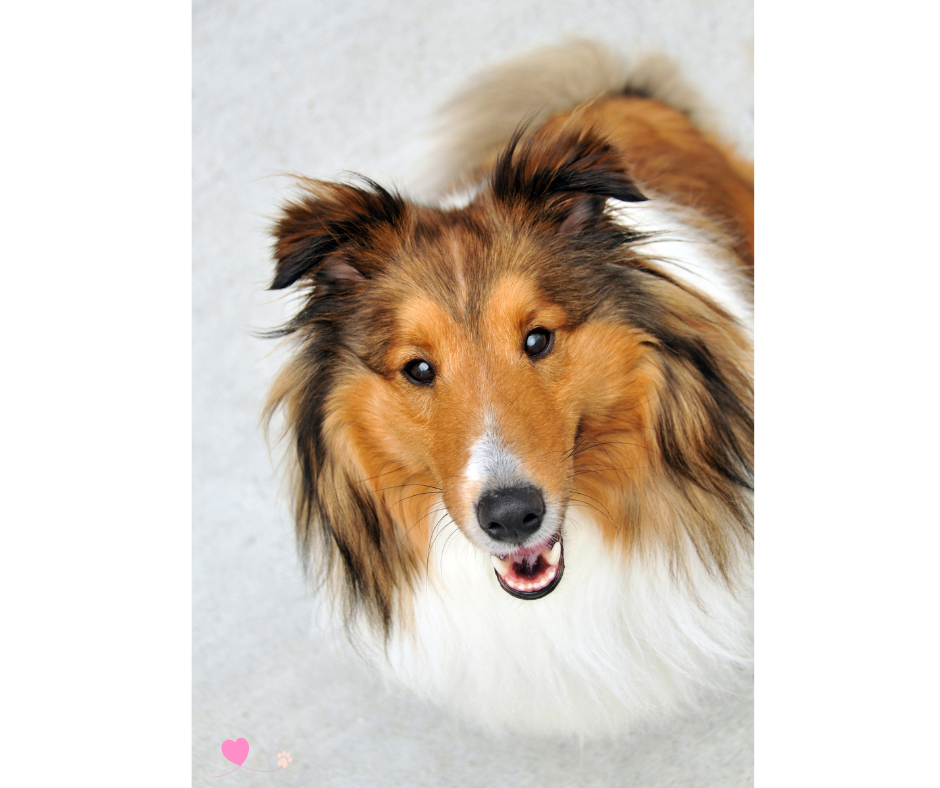
Conclusion
The Shetland Sheepdog, with its rich history, unique characteristics, and endearing personality, is a wonderful and quirky breed that brings joy to the lives of many dog lovers. From their origin as herding dogs on the Shetland Islands to their intelligent and trainable nature, Shelties continue to capture hearts with their beauty, loyalty, and affectionate nature. Proper training, exercise, grooming, and regular veterinary care are essential for their well-being. Whether as beloved companions or active participants in various dog sports, Shelties leave an indelible mark on the lives of those who have the pleasure of knowing them.


